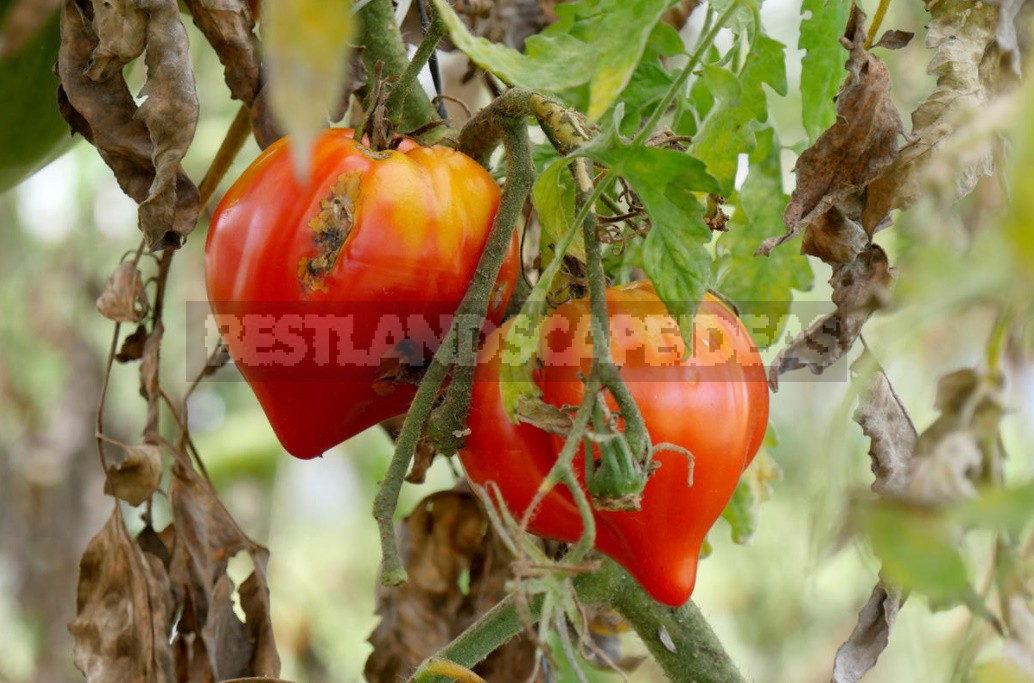
Everyone wants their gardens to be healthy and beautiful. And there is no beauty without health. Unfortunately, plants often get sick, and today most of all we are annoyed by those diseases that are caused by fungi, very small, which are not always visible to the naked eye. However, the scale of their destructive actions is simply huge. Over the past decades, pathogenic fungi in our gardens have become more and more aggressive.
Fungal diseases in our gardens and orchards
I remember fifty years ago, my grandmother at the end of August picked tomatoes, put them together, and they all ripened perfectly. Now, even in a greenhouse, it is almost impossible to preserve the tomato crop – both fruits and foliage begin to turn black in early August, when fruiting is in full swing. This disease is called late blight, and it is caused by fungi.
Thirty years ago, I picked my own cherries in buckets. Now most people have forgotten about it. Cherry in the middle lane not only does not bear fruit, but its leaves turn yellow and fall off in mid-summer. Often such a weakened tree freezes out in winter. This is a manifestation of kokkomikoza, which is also caused by fungi.
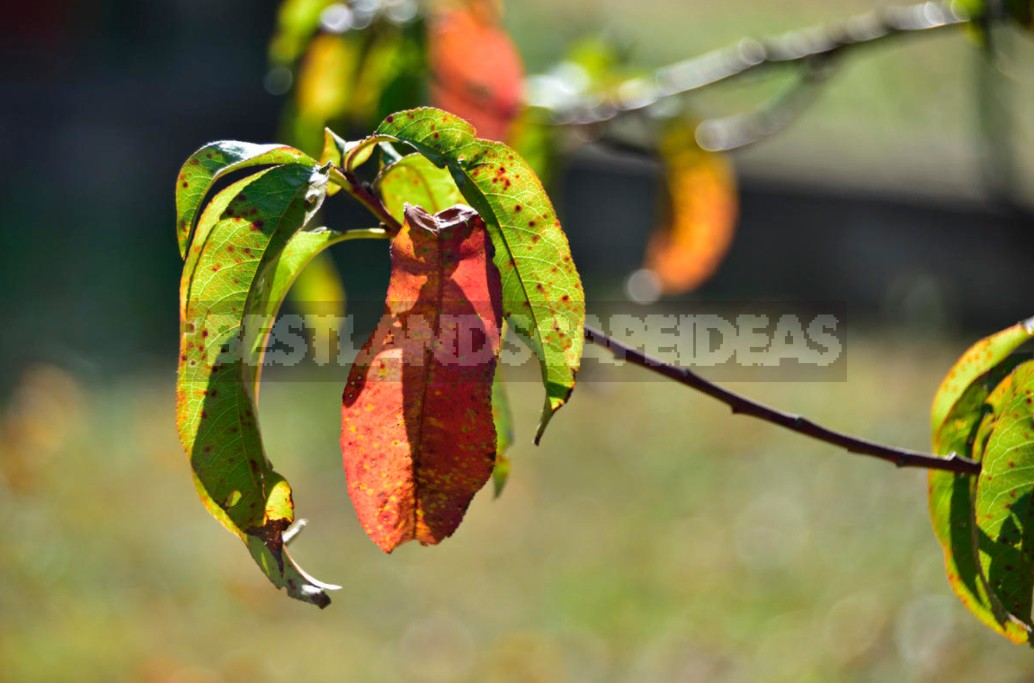
In the last decade, we have seen that plums and apricots suddenly begin to wither individual branches, and then the entire tree withers. And these are also signs of a fungal disease called moniliosis.
The death of plum and apricot trees can be seen in the gardens of the middle zone, and much further South. For example, windbreaks are beginning to thin out because they are largely made up of apricot trees. And grapes without chemical production often simply perish. And the cause of his death is also fungal diseases-mildew and oidium.
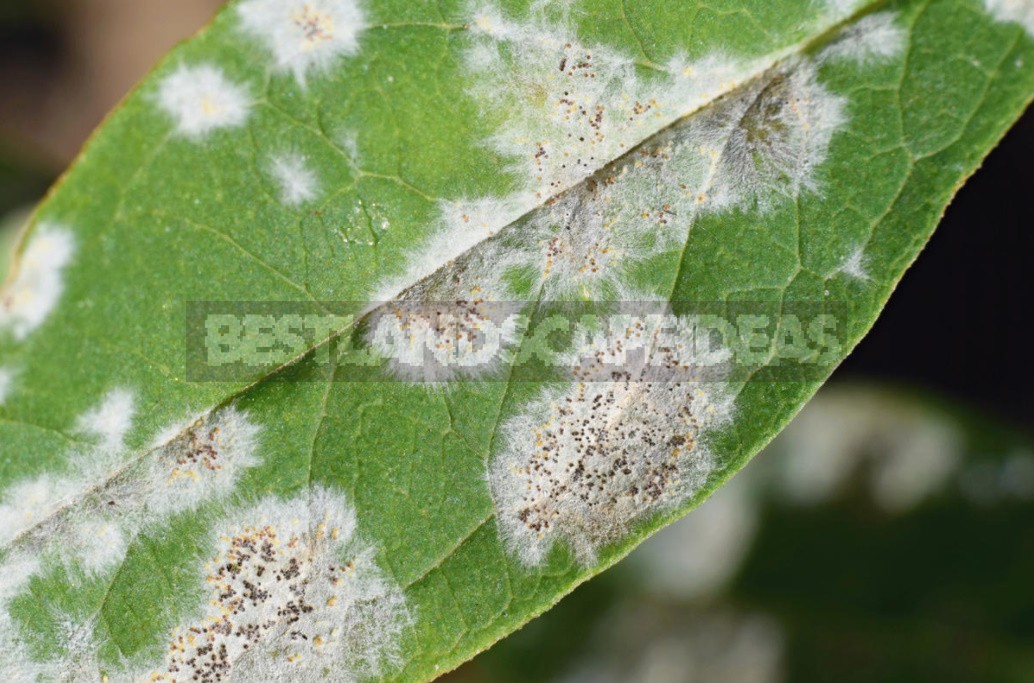
Fungal diseases also include scab on Apple trees and potatoes, septosporiosis on onions and irises, rust and powdery mildew on roses, currants, gooseberries, and Phlox. And then there is the milky sheen on fruit trees – an incurable disease in which the leaves first turn white, and then the tree dies. Perhaps it is difficult to name a culture that is not susceptible to fungal diseases.
Fighting diseases or destroying the ecosystem?
Such a wide spread of fungal diseases has led to the appearance of a huge number of pesticides directed specifically against fungi. They are called fungicides and are used over large areas, in high concentrations and repeatedly. And we eat all this and feed our children. And we are convinced that this is normal, and we believe it. This can be believed exactly as long as there is no serious illness either in us or in someone close to us.

And until this happens, it is probably worth thinking about and remembering that the garden is primarily an ecosystem, and there is a science of ecology that studies the laws of interaction between living and inanimate nature.
An ecosystem is an Association of plant, animal, fungal, and microbial species that interact with each other and with the environment in such a way that such a community can exist for a long period of time. And every garden, even the smallest, is an ecosystem. And there, along with our favorite plants, there are animals, including insects, as well as fungi and micro-organisms, and all these groups of creatures are in close interaction.
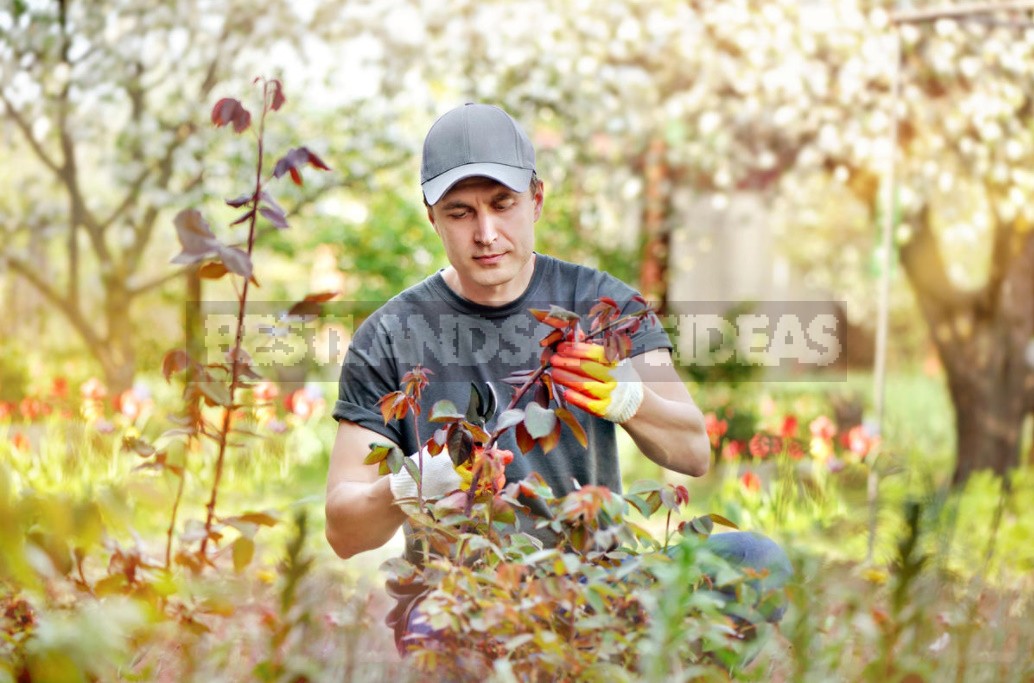
From a practical point of view, it is important for us to know that in a stable ecosystem, diseases do not cause much harm, and the number of pests is subject to self-regulation.
One of the most serious problems of today is that people purposefully violate one of the main properties that an ecosystem should have: stability. The biosphere as an ecosystem is removed from the state of stability by human activity. And the activation of fungal diseases did not occur without human intervention.
Fungi and bacteria: whose side are we on?
In nature, fungi and bacteria mutually restrict each other’s reproduction, but for some time now, man has declared war on bacteria. This happened when it became clear that many inflammatory diseases are caused by bacteria. Therefore, cleanliness and sterility were highly extolled. Bactericidal lamps, bactericidal solutions, and bactericidal soap were created. And relatively recently, about 80 years ago, antibiotics were discovered-substances that are secreted by fungi and directed against bacteria.

Antibiotics for diseases caused by bacteria provide a quick cure and can simply save lives. But often any inflammation in humans and animals is treated with antibiotics, without particularly understanding whether it is caused by bacteria or something else.
The first antibiotic – penicillin-was produced on an industrial scale in the mid-50s of the last century. Now the names of these drugs are counted in tens, and maybe hundreds. They are produced in huge quantities, they have become available and inexpensive — and scientists continue to create more and more powerful antibiotics. In response, the bacteria defend themselves, and quite successfully, and form more and more resistant and pathogenic forms.

Widely and almost uncontrollably spreading industrial antibiotics, in the fight against fungi and bacteria, man took the side of fungi. This has disrupted the natural balance between fungi and bacteria on a global scale. As a result, humanity received an outbreak of mycoses – diseases caused by fungi. And now the doctor, prescribing an antibiotic, simultaneously prescribes an antifungal drug, and to suppress the natural allergic reaction to this cocktail of toxic chemicals adds something antihistamine.
Most likely, the outbreaks of those fungal diseases that we have in our gardens are also associated with the widespread use of antibiotics.

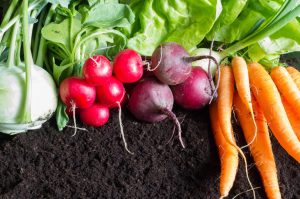

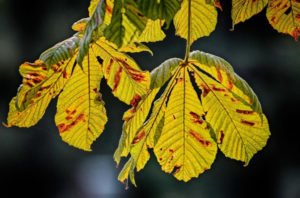
Leave a Reply